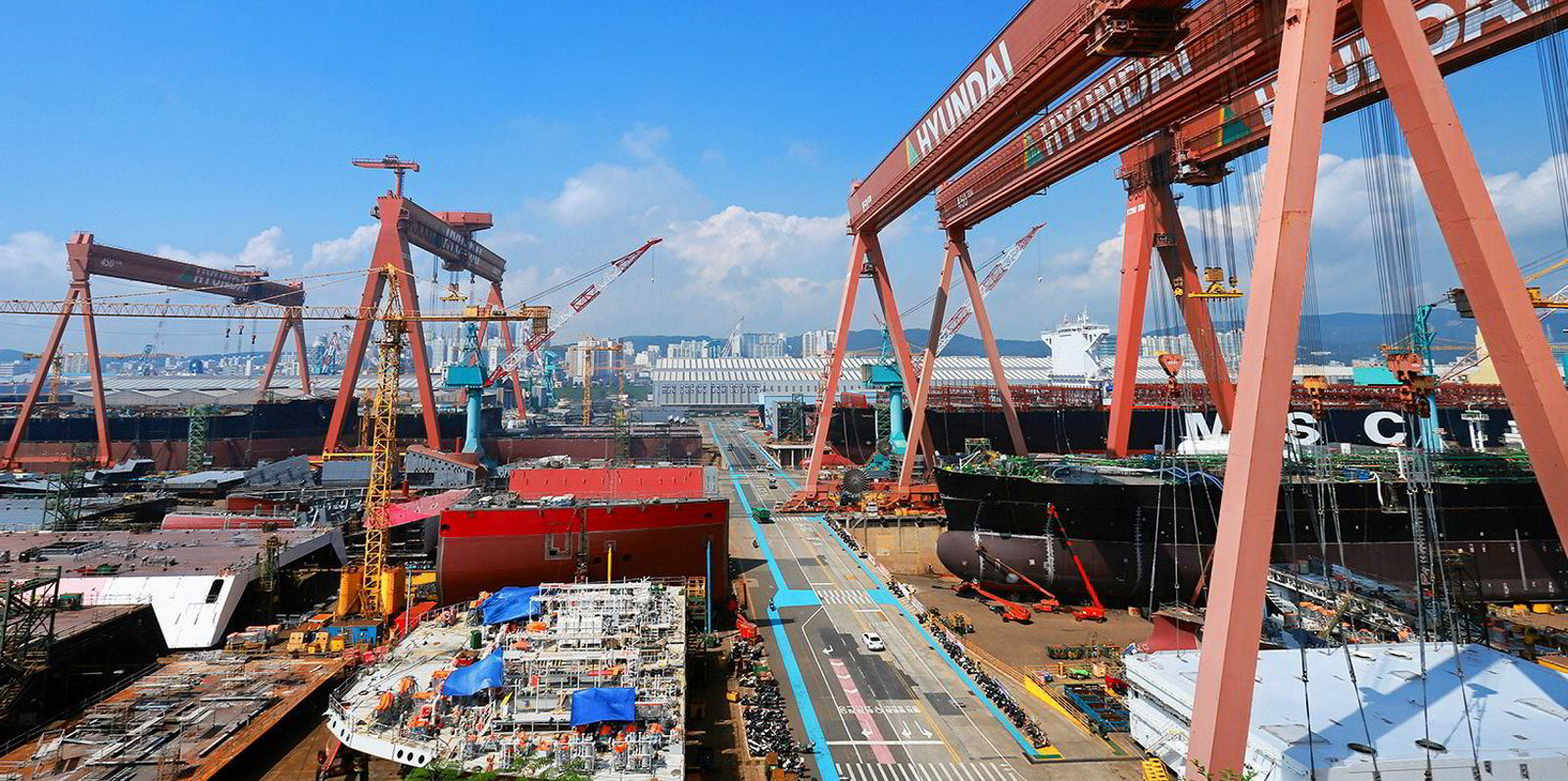Clarksons Research has acknowledged worries in the LNG carrier market as a record number of newbuildings are poised to join the fleet.
Following an “extremely firm” period of ordering from 2021 through to last year, the sector is facing a period of sustained high deliveries, it said.
A total of 29.4m cbm, or 26% of the fleet, will be added this year and in 2025.
This year alone, an all-time high of 14.9m cbm will be handed over from shipyards.
This would be more than double the 10-year average and represent a 48% increase from the record of 10.1m cbm delivered in 2021, shipping analyst Oliver Stavrinidis said.
A record 183 units were ordered in 2022 and 66 in 2023.
Deliveries in 2025 will also be “very firm”, with 14.5m cbm initially projected to hit the water, while 131 vessels of 22.9m cbm are already on order for 2026 and 2027 delivery.
South Korean owners will add 27 ships to their fleet this year, Greek companies will take 14 and Japanese groups 12.
Given the record volume of LNG carrier capacity due to be delivered in 2024, concerns have grown around the market outlook, as demonstrated by the fall in one-year time charter rates in recent months, Stavrinidis added.
Clarksons’ assessment of a dual-fuel diesel-electric (DFDE) ship stands at $58,000 per day, down from $120,000 at the end of June 2023.
Mitigating factors
But there is hope for owners.
“Although some market pressure may be emerging this year, there could be drivers which help limit downside,” the analyst said.
About 90% of vessels on order are already committed to projects, and expectations remain high for record start-ups and rapid trade growth from 2025 to 2027 to absorb strong deliveries as the sector enters a major phase of expansion, he added.
And tonne-mile trade growth of 5% or 6% is projected, with upside potential should issues at the Panama and Suez canals prove more severe than expected, Stavrinidis said.
Average operating speeds, which fell 1% last year, could decline further, while not all ships may be delivered on time and an increase in scrapping could provide support, he argues.
Clarksons Research noted steadier LNG carrier market conditions at the end of last week, with the market in the West seeming to find a floor.
Some softer trends were noted in Asia, and average spot rates for a two-stroke unit fell 3% over the week to $51,000 per day. DFDE spot rates have dropped to $45,000.
“Despite Qatar Energy suspending transits through the Red Sea, it has so far had little impact on the supply/demand balance,” Clarksons Securities said.







